Premium Only Content
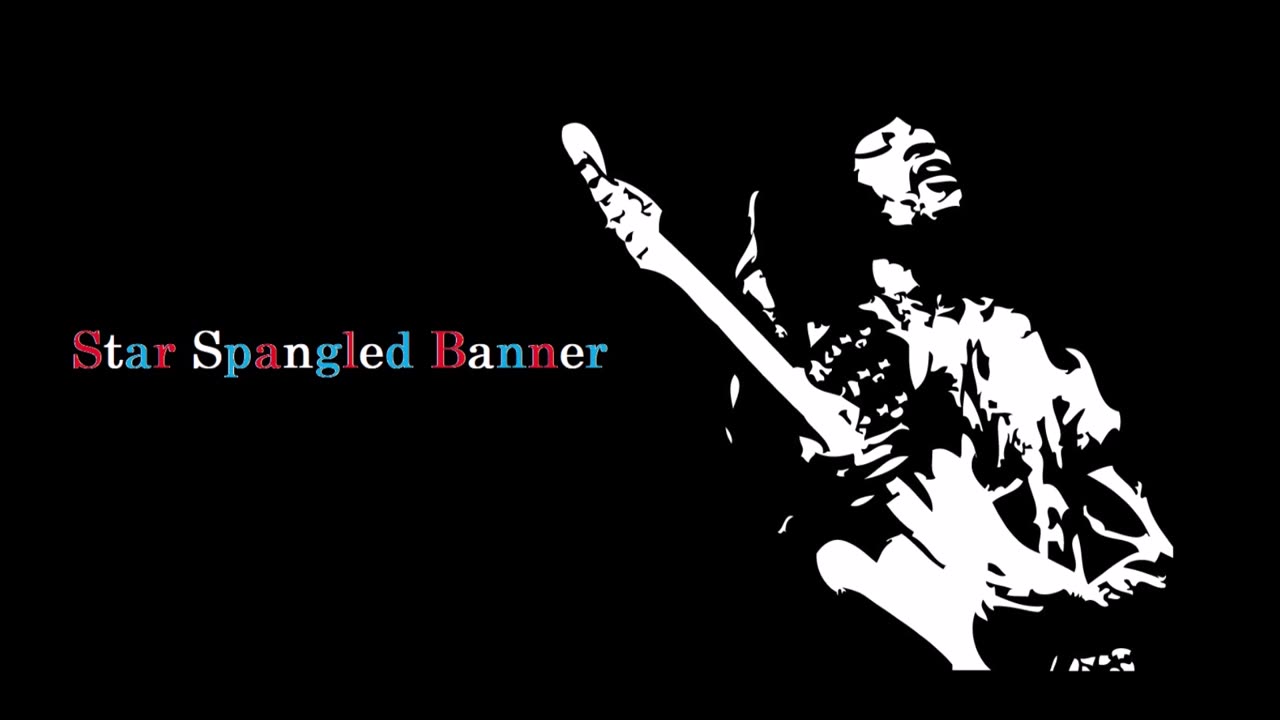
Jimi Hendrix - Star Spangled Banner (Live)
James Marshall "Jimi" Hendrix (born Johnny Allen Hendrix; November 27, 1942 – September 18, 1970) was an American guitarist, songwriter and singer. Although his mainstream career spanned only four years, he is widely regarded as the greatest and one of the most influential electric guitarists in the history of popular music, and one of the most celebrated musicians of the 20th century. The Rock and Roll Hall of Fame describes him as "arguably the greatest instrumentalist in the history of rock music.
Born in Seattle, Washington, Hendrix began playing guitar at age 15. In 1961, he enlisted in the US Army, but was discharged the following year. Soon afterward, he moved to Clarksville, then Nashville, Tennessee, and began playing gigs on the chitlin' circuit, earning a place in the Isley Brothers' backing band and later with Little Richard, with whom he continued to work through mid-1965. He then played with Curtis Knight and the Squires before moving to England in late 1966 after bassist Chas Chandler of the Animals became his manager. Within months, Hendrix had earned three UK top ten hits with his band the Jimi Hendrix Experience: "Hey Joe", "Purple Haze", and "The Wind Cries Mary". He achieved fame in the US after his performance at the Monterey Pop Festival in 1967, and in 1968 his third and final studio album, Electric Ladyland, reached number one in the US. The double LP was Hendrix's most commercially successful release and his only number one album. The world's highest-paid rock musician, he headlined the Woodstock Festival in 1969 and the Isle of Wight Festival in 1970 before his accidental death in London from barbiturate-related asphyxia in September 1970.
Hendrix was inspired by American rock and roll and electric blues. He favored overdriven amplifiers with high volume and gain, and was instrumental in popularizing the previously undesirable sounds caused by guitar amplifier feedback. He was also one of the first guitarists to make extensive use of tone-altering effects units in mainstream rock, such as fuzz distortion, Octavia, wah-wah, and Uni-Vibe. He was the first musician to use stereophonic phasing effects in recordings. Holly George-Warren commented: "Hendrix pioneered the use of the instrument as an electronic sound source. Players before him had experimented with feedback and distortion, but Hendrix turned those effects and others into a controlled, fluid vocabulary every bit as personal as the blues with which he began.
-
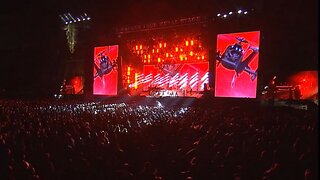 2:34
2:34
Classic Rock Live Music (High Quality Audio)
13 days agoTrans-Siberian Orchestra - Toccata-Carpimus Noctem (Live at Waken 2015) Video
941 -
 2:06:31
2:06:31
TimcastIRL
4 hours agoTrump To Deploy National Guard To Portland, Antifa Has Been WIPED OUT | Timcast IRL
127K107 -
 2:30:00
2:30:00
Laura Loomer
6 hours agoEP142: Loomer Prompts Calls For FBI To Investigate Palestinian Youth Movement
16.7K14 -
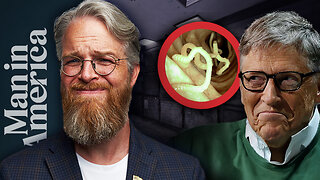 1:26:34
1:26:34
Man in America
8 hours agoExposing the Cover-Up That Could Collapse Big Medicine: Parasites
17.6K10 -
 LIVE
LIVE
CHiLi XDD
4 hours agoTekken Fight Night
173 watching -
 LIVE
LIVE
ItsLancOfficial
9 hours agoFREAKY FRIDAY-GETTING FRIED-WELP! #TOTS
103 watching -
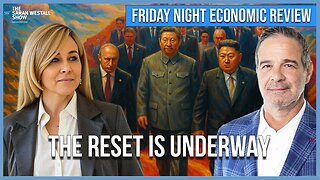 1:09:11
1:09:11
Sarah Westall
5 hours agoRead the Signs: Are We Already Operating in a New Financial System? w/ Andy Schectman
20.7K4 -
 1:32:53
1:32:53
Flyover Conservatives
9 hours agoRicky Schroder Exposes How Hollywood Planted Him as a Child Star | FOC Show
22K3 -
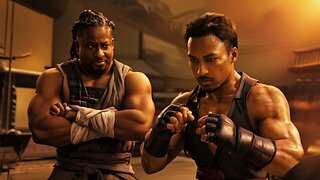 LIVE
LIVE
JahBlessCreates
3 hours ago🎉 TEKKEN TING, and maybe some music...
170 watching -
 LIVE
LIVE
GritsGG
4 hours agoTop 250 Ranked Grind! Dubulars!🫡
54 watching